5 British hi-fi products that celebrate their heritage
Modern products, old school vibes
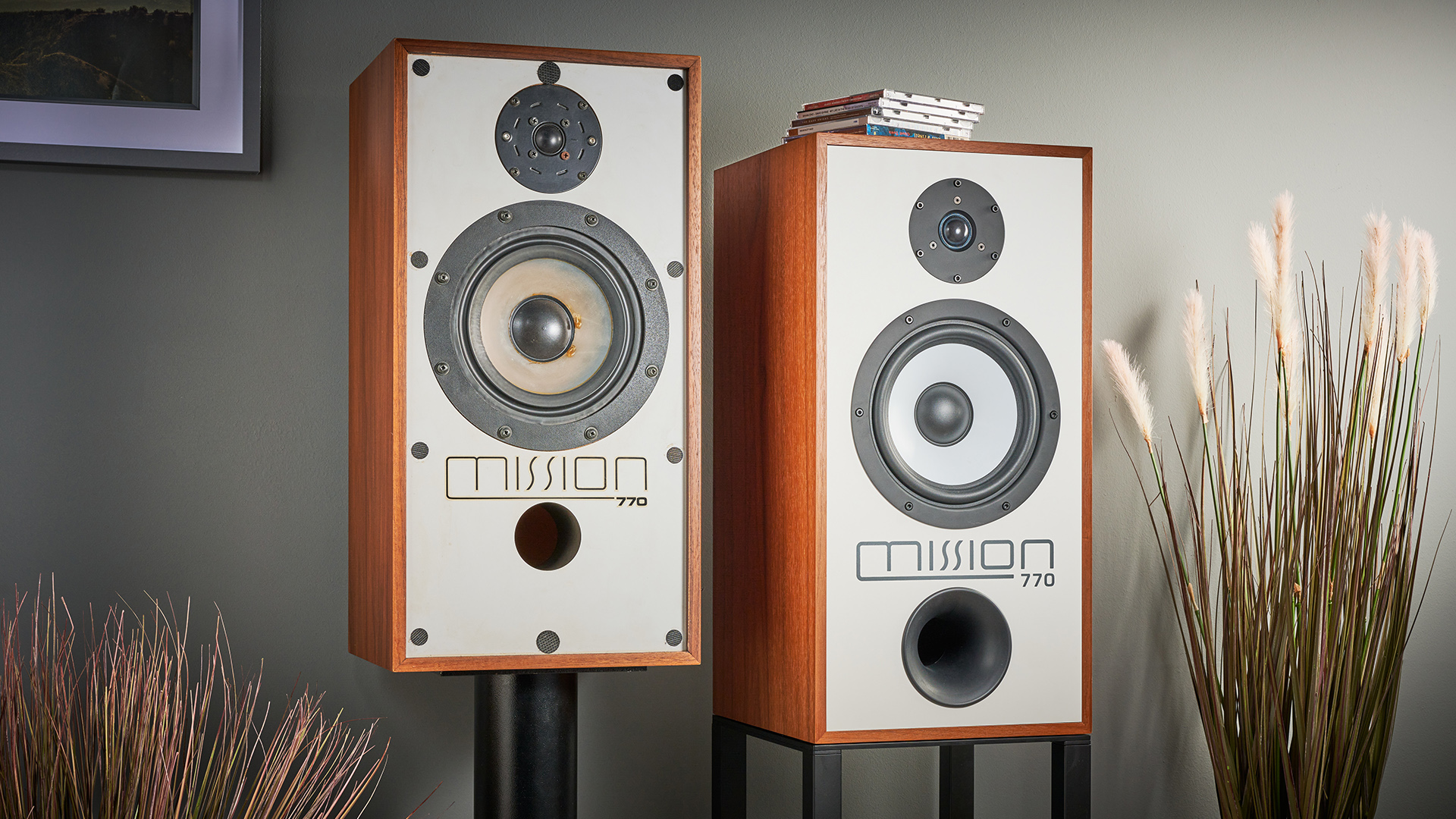
British Hi-Fi Week is all about the here and now – it's a celebration of what's going on in the British hi-fi industry. But it's worth remembering that many of today's products have a long and illustrious history.
Plenty of brands make a virtue of this fact, releasing products with a nod to their past. Whether it's speakers that are a wholesale revamp of a classic model, or radios packed with modern tech with retro-inspired designs, these devices combine contemporary performance and smarts with a look that's decidedly nostalgic.
Here are five of the best retro-modern hi-fi products. And they're all British!
Naim Nait 50
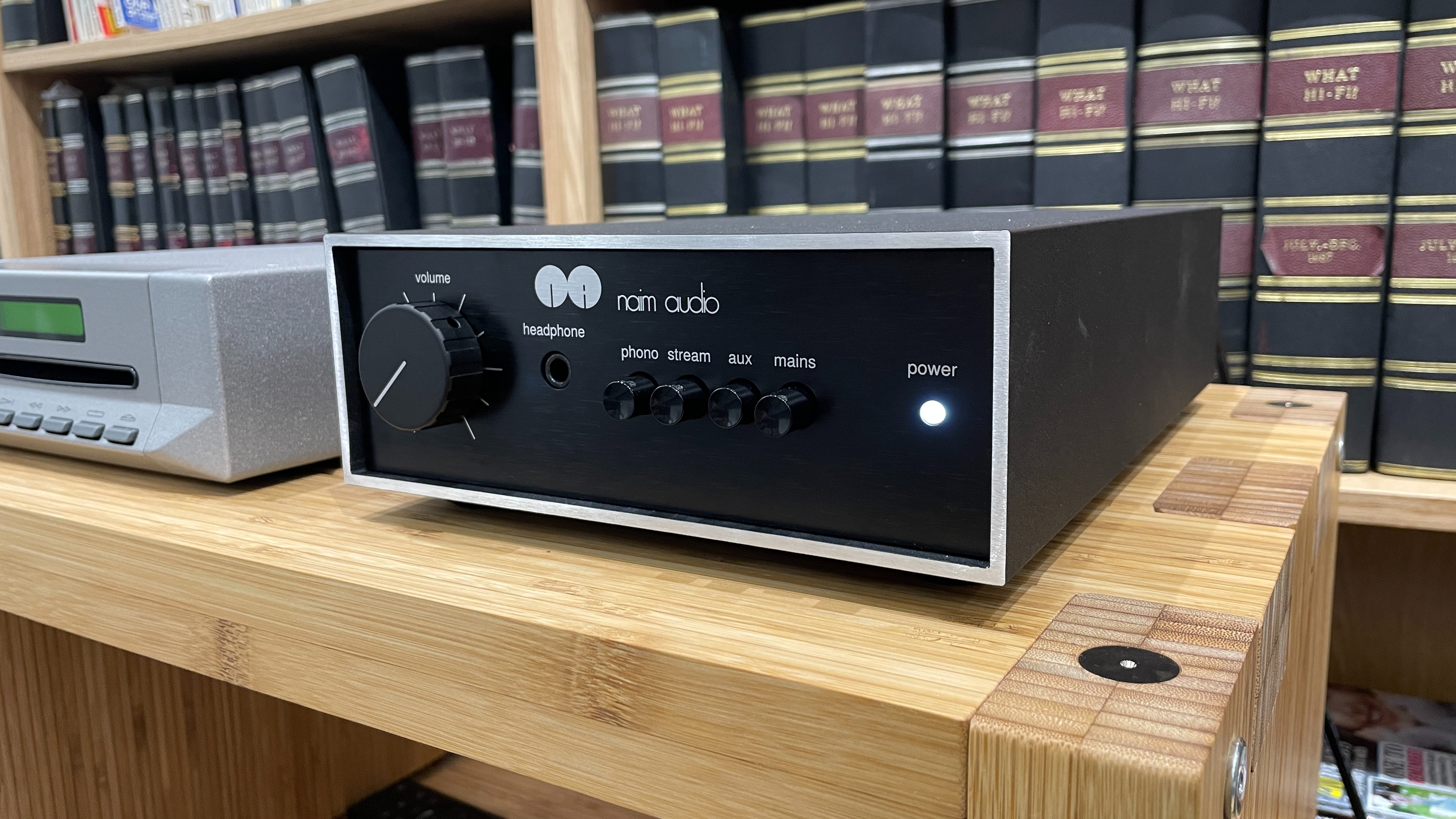
Naim was founded in 1973, but didn't launch its first integrated stereo amp until a decade later, in 1983. The Nait 1 (originally called the NAIT) left plenty puzzled with its low power rating, but went on to become a bona fide hi-fi classic. The Nait 50 pays homage to it, and launched in 2023 as part of Naim's 50th anniversary celebrations – only 1973 units were made.
In our hands-on review, we found it utterly charming. It looks just like the Nait 1 – with the same shoebox chassis and chrome bumper – yet the half-width design somehow seems quite modern.
The insides have had a complete overhaul too, with more power (25W per channel into 8 ohms) and an all-new moving magnet phono stage. As a result, it sounds terrifically fun, with the same enthusiasm of the original but added punch. A must for fans of classic and modern hi-fi alike.
Read our Naim Nait 50 hands-on review
Get the What Hi-Fi? Newsletter
The latest hi-fi, home cinema and tech news, reviews, buying advice and deals, direct to your inbox.
Mission 770
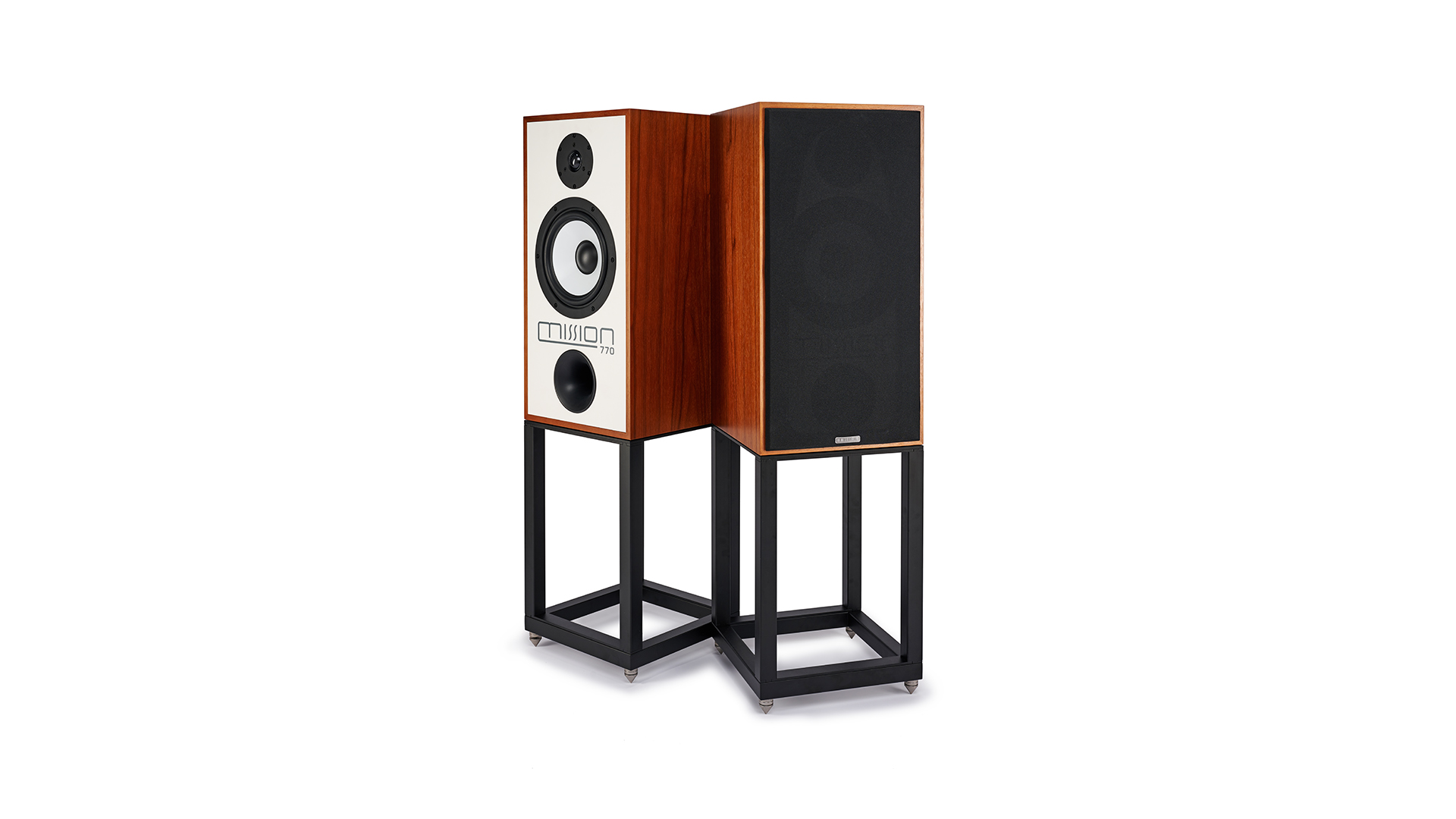
With the 770, Mission founder Farad Azima looked to improved upon the Spendor BC-1 loudspeaker by boosting the bass response. He launched his rival in 1977 for £357 – 46 years later, the modern-day 770 won a What Hi-Fi? Award.
As you can see from the photo at the top of this article, Mission has remained very faithful to the original design, right down to the white front baffle with its distinctive branding. But there are plenty of improvements.
The cabinet walls are more rigidly damped than the rather thin chipboard of the original. The polypropylene mid/bass cone is the same size as the original, but uses an open, rigid die-cast chassis and carefully honed motor system, while the 28mm microfibre Polyester dome tweeter has a modern vented design that’s linked to the mid/bass via a more complex crossover than before. Dedicated stands are also included in the box.
It all adds up to a superb package, with a beautifully finessed bass performance. Every inch the Award winner.
Read our Mission 770 review
And more background on the Mission 770 story
Ruark Audio R2 Mk4
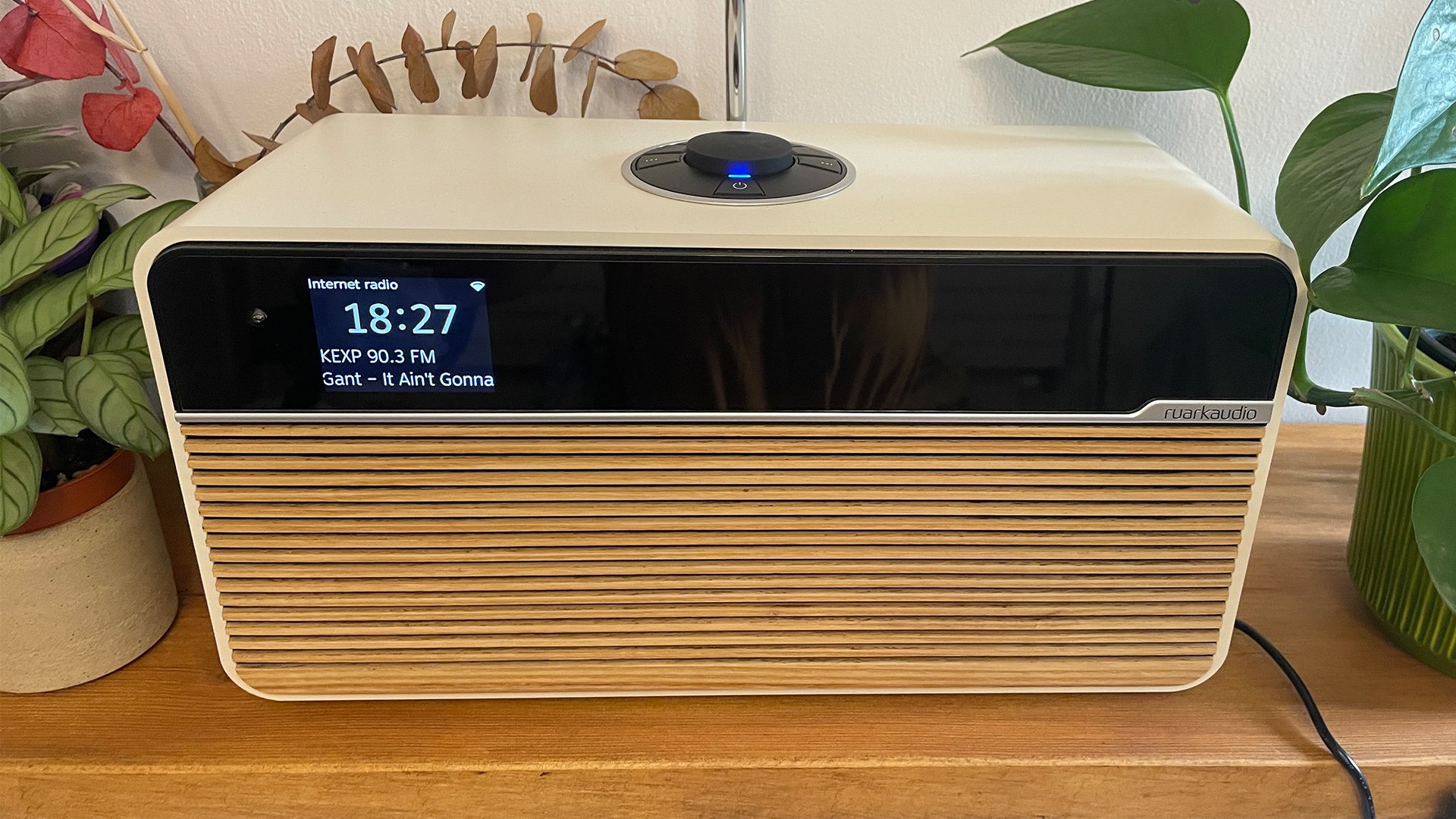
Perhaps no brand embodies the retro-modern aesthetic better than Ruark. It has long championed the 'throwback, no go-back' style, creating devices that are eminently capable and visually appealing. And the Award-winning R2 Mk4 is one of its finest.
To call it a radio would be underselling it somewhat. Because while it offers FM/DAB/DAB+ tuners, internet radio and alarms, it's also capable of streaming over Bluetooth and various music apps and connecting using wired connections, making it a multi-talented modern music system. It also costs £479.
It looks sophisticated and stylish, with enough of a nod to its heritage without veering into kitsch territory. The tactile RotoDial is a joy to use, and there's built-in support for Spotify Connect, Amazon Music and Deezer.
One listen and you're sold. Retro meets modern in a thoroughly appealing package.
Read our Ruark Audio R2 Mk4 review
Music Fidelity A1
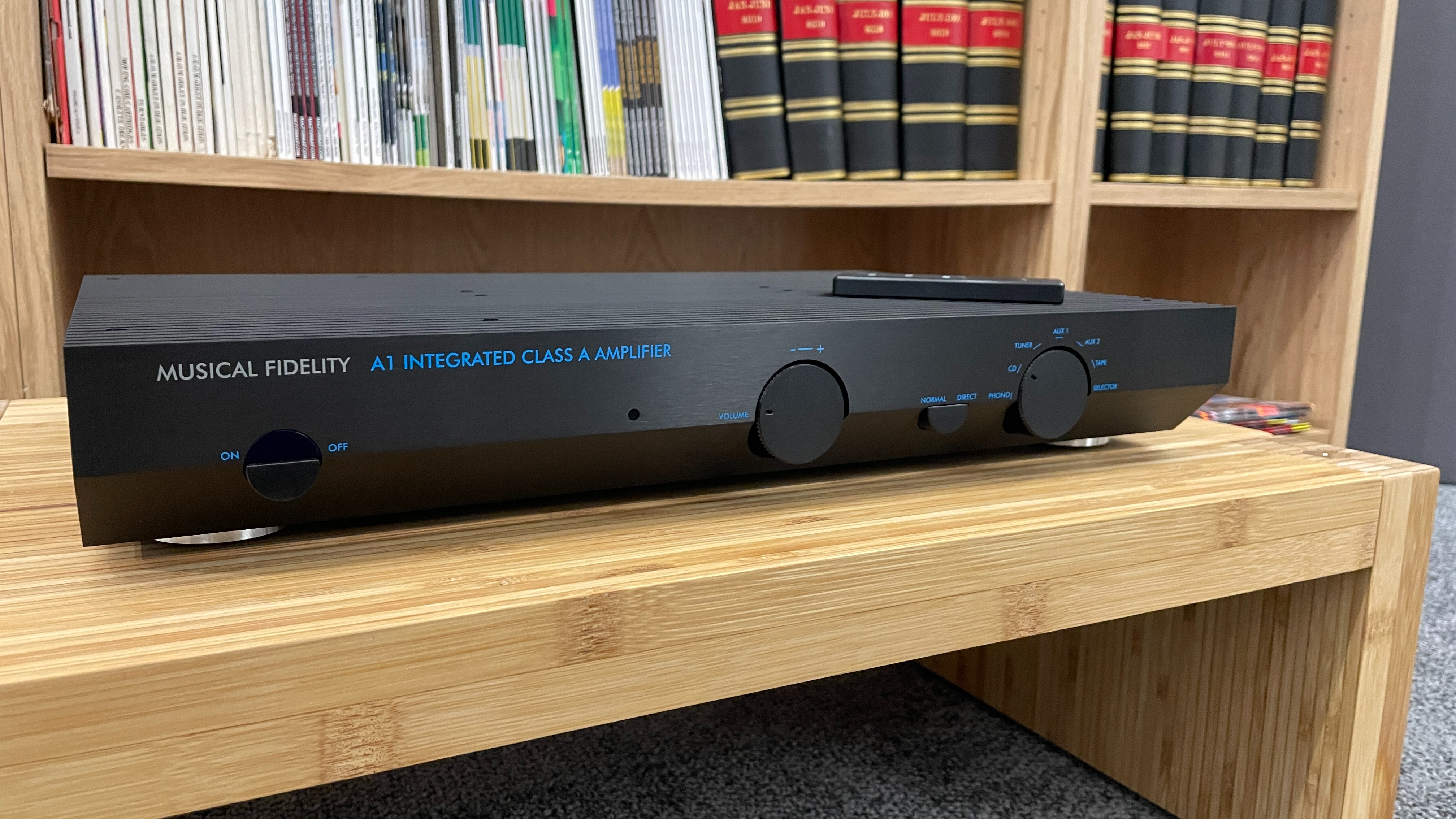
This is a remake of Musical Fidelity's most iconic product – the original A1 amplifier from the mid 1980s. But it's as faithful a recreation as it's possible to make while still adhering to modern standards. That means (mostly) the same circuit and same output of 25W per channel, though it does have new output devices and an improved power supply arrangement. It's more forgiving of partner speakers than you would think, and the unique sound holds its own, even against modern rivals – it's expressive and more fluid than most amps today. A fun listen, from a very fun product.
Read the Musical Fidelity A1 review
Robert Revival Uno BT
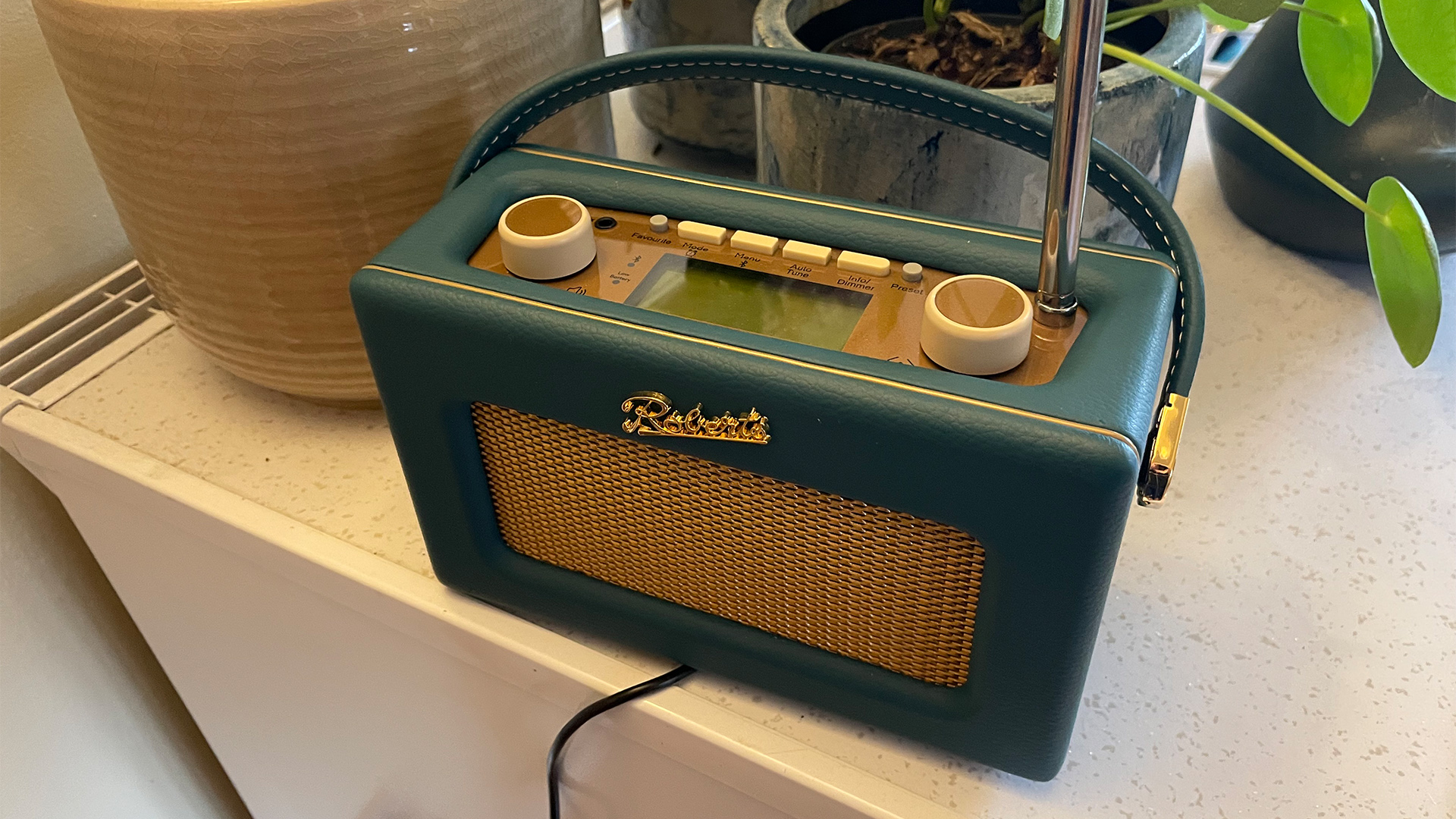
One glance and you know this is a Roberts product – the leather surround, the bronze grille, the foldable antenna and leather carry handle are all hallmarks of the firm's range of retro radios (as is the Roberts logo on the front, of course). But it has modern comforts like Bluetooth for wireless playback and an impressive 25-hour battery life (using four AAs).
Sound quality is very good for piano- and vocal-based arrangements, though it struggles to convey the full energy of some pop or rock tracks. Still, it's a solid performance for a small radio, and a great choice for fans of retro British design.
Read the full Roberts Revival Uno BT review
MORE:
Check out all our British Hi-Fi Week features
These are 9 of the most underrated British hi-fi products we've ever tested
Listen to these: 12 of the best songs by The Beatles to test your hi-fi system
Joe has been writing about tech for 20 years, first on staff at T3 magazine, then in a freelance capacity for Stuff, The Sunday Times Travel Magazine (now defunct), Men's Health, GQ, The Mirror, Trusted Reviews, TechRadar and many more. His specialities include all things mobile, headphones and speakers that he can't justifying spending money on.

